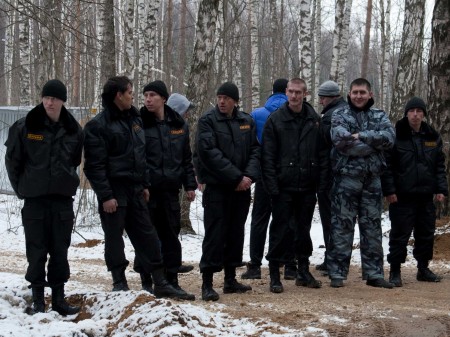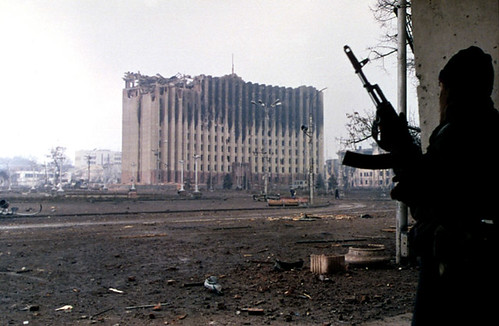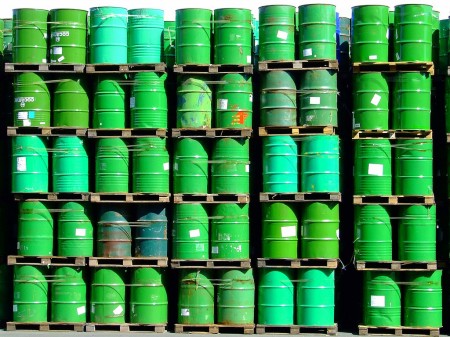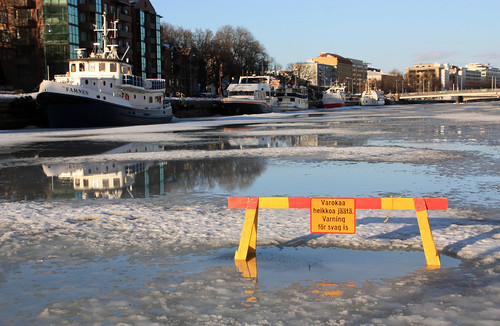
I’ve just written a short piece for Blouin News on the news that already-relaxed restrictions on the security forces of gas giant Gazprom and oil pipeline corporation Transneft are to be lifted, allowing them increased access to lethal weapons and rules of engagement for their use. The represents a rolling back of the trend during the early Putin years, when the private security sector–which had become pretty much out of control in the 1990s–was reined in dramatically. The days of untrained corporate goons toting assault rifles in Moscow shopping centers are, I’m glad to say, pretty much over, even if the vigilante spirit they embody (in other words, a reluctance to trust the state and its agents to provide reliable, impartial security) is alive and well. The private security industry these days is a dynamic, extensive and growing sector, but also one under rather great legal and regulatory control.




